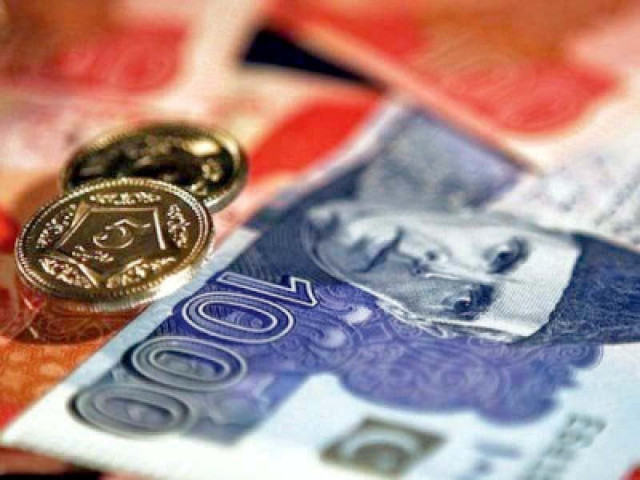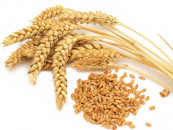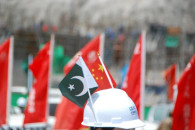Rupee halts two-week winning streak
Edges down Rs0.01 to close at 280.25/$ amid global uncertainties, balanced market dynamics

The Pakistani currency closed stable at Rs280.25 against the US dollar in the interbank market on Tuesday, breaking a two-week winning streak as demand and supply positions of the foreign currency balanced out.
According to State Bank of Pakistan’s (SBP) data, the domestic currency edged down Rs0.01 to close at Rs280.25 against the greenback.
Over the past nine consecutive working days, the currency maintained a gradual uptrend, cumulatively gaining 0.59% or Rs1.65. So far, it has strengthened by 9.58% or Rs26.86 in the past four months compared to the all-time low of Rs307.10/$ in the first week of September 2023.
The Exchange Companies Association of Pakistan (ECAP) reported a 0.24% or Rs0.67 day-to-day increase, closing at Rs282.92/$ in the open market.
The stability in the interbank market is attributed to diverse developments, including fluctuations in international oil and gas prices due to the ongoing Middle Eastern crisis.
Global energy supplies faced disruption due to tension rising in the Red Sea, causing uncertainty in future energy prices. Any increase in energy prices could lead to a higher demand for the US dollar in local markets, given Pakistan’s heavy reliance on imported fuels.
Read Rupee strengthens, hits 11-week high
However, energy prices have maintained a downward trend so far, with sufficient fuel inventories reported by the US and Europe. This suggests that commodity prices may continue to decline, reducing demand for the US dollar from local traders.
Stable foreign currency inflows through Roshan Digital Accounts (RDAs) from overseas Pakistanis and the potential receipt of the next International Monetary Fund (IMF) loan tranche of $700 million, following the approval of its immediate release by the executive board, further supported the Pakistani rupee.
Published in The Express Tribune, January 17th, 2024.
Like Business on Facebook, follow @TribuneBiz on Twitter to stay informed and join in the conversation.

















COMMENTS
Comments are moderated and generally will be posted if they are on-topic and not abusive.
For more information, please see our Comments FAQ